15 POPULAR TYPES OF CRAP
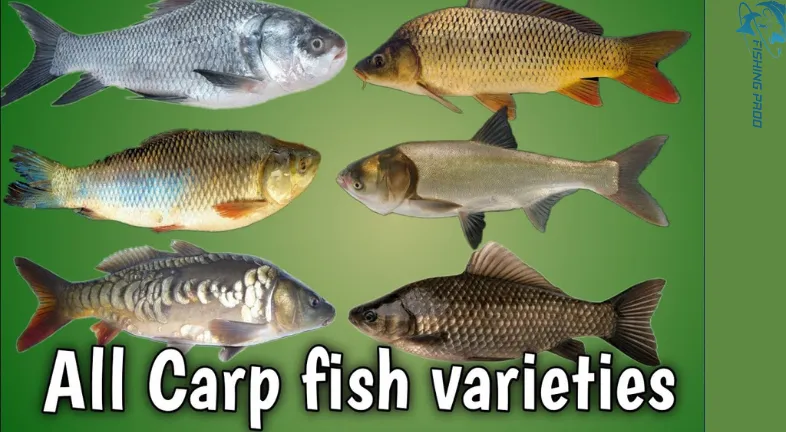
Freshwater carp are a widely dispersed family of fish distinguished by their remarkable size and fierce fighting nature. They provide both exciting table fare and a tough catch, which makes them popular targets for anglers worldwide. Depending on their interests and region, anglers can choose from a wide variety of carp varieties, with over 30 recognized species. This is a thorough guide for fishermen to 15 common carp species:
Fish in the freshwater carp family are found all over the world and are known for their enormous size and competitive spirit. They are popular targets for anglers around the world because they offer both an intriguing table fare and a challenging capture. With over 30 recognized species, anglers have a broad choice of carp types to pick from, depending on their interests and location. Here is a comprehensive guide for anglers on 15 popular carp species:
Cyprinus carpio, or common carp
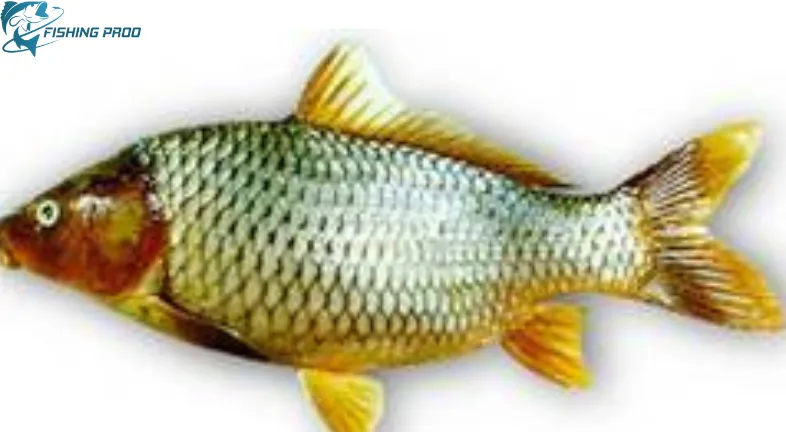
The most common species of carp, found globally in freshwater environments. Its long body, forked tail, and two barbels on either side of its mouth serve as distinguishing features. can weigh more than 100 pounds and are renowned for their fierce battles. Because they are omnivorous and can accept a wide range of baits, common carp are a fantastic option for novice carp anglers.
Cyprinus carpio specularis, or mirror carp
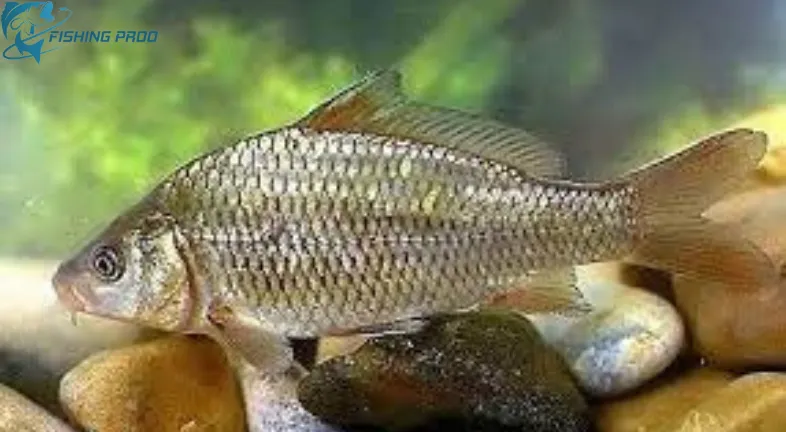
a subspecies of common carp identified by a huge number of mirrored-like scales distributed around its body. Fight as hard and grow to comparable sizes as common carp. Compared to common carp, these carp are pickier feeders, therefore a more specific bait strategy would be needed.
(Cyprinus carpio nudus) Leather Carp
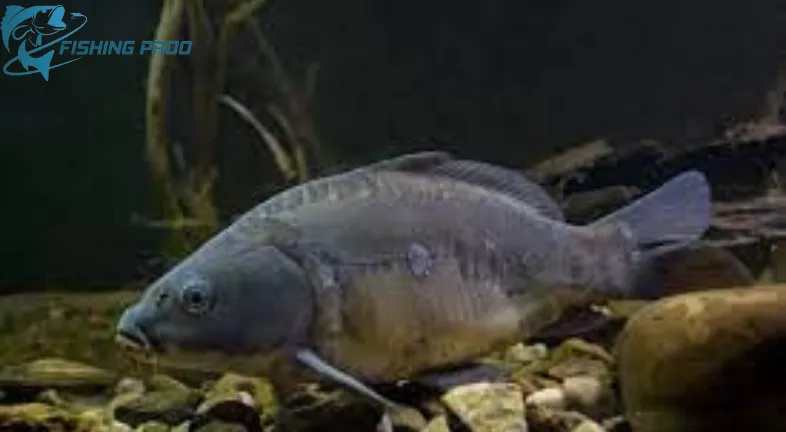
One type of common carp has no scales at all, which is why it’s called “leather carp” They still have the common carp’s strong defense and enormous size potential. Because leather carp have harder lips and varied feeding preferences, they can be harder to catch.
Cyprinus carpio albino, or ghost carp
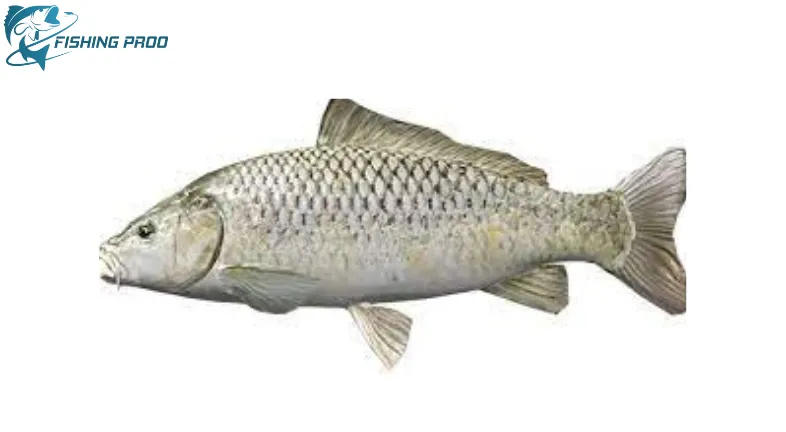
an uncommon genetic abnormality that leaves the body of common carp nearly transparent white and devoid of pigment. Although ghost carp are far less prevalent than other carp kinds, some anglers value them for their distinctive look. They still have the common carp’s size potential and battling energy.
Cyprinus carpio koi, or koi carp

Carp kinds that have been domesticated and ornamentally cultivated for their vivid colors and patterns. Since koi carp have such cultural meaning and worth, anglers generally avoid targeting them. But occasionally, wild koi do manage to get lost in ponds or lakes and can be unintentionally captured.
Ctenopharyngodon idella, or grass carp
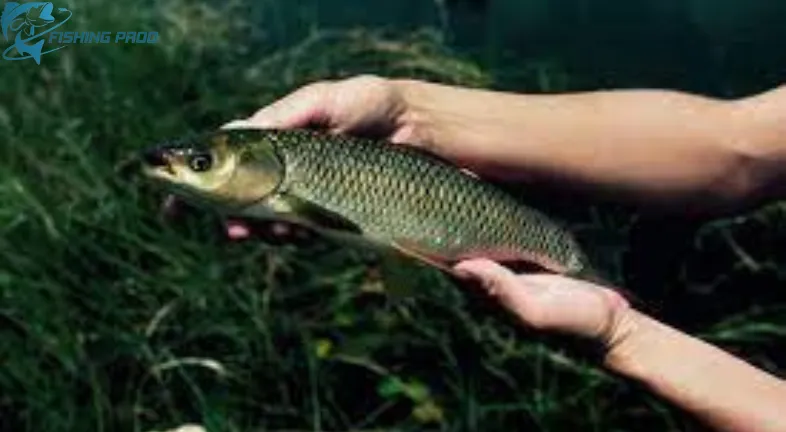
Originally from eastern Asia, herbivorous carp have been brought to many other regions of the world to control aquatic plants. Grazing habits are characteristic of grass carp, which can reach weights of over 40 pounds. Even though they aren’t typically caught for sport, they can fight back if you unintentionally hook them.
Hypophthalmichthys nobilis, the bighead carp
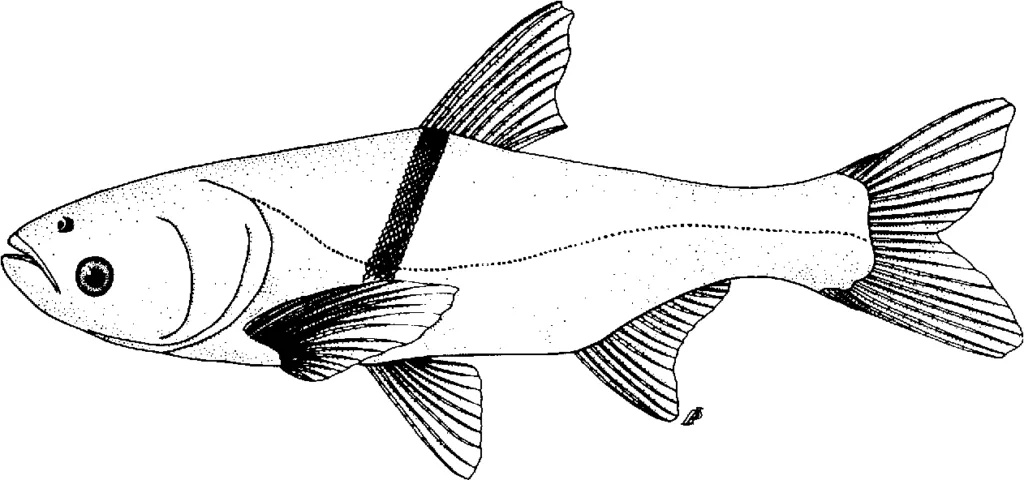
Another huge species of carp from eastern Asia that feeds on plants. One characteristic that sets bighead carp apart is their unusually enormous head. Although their main use is aquaculture, fisherman may unintentionally catch them.
Hypophthalmichthys molitrix, or silver carp
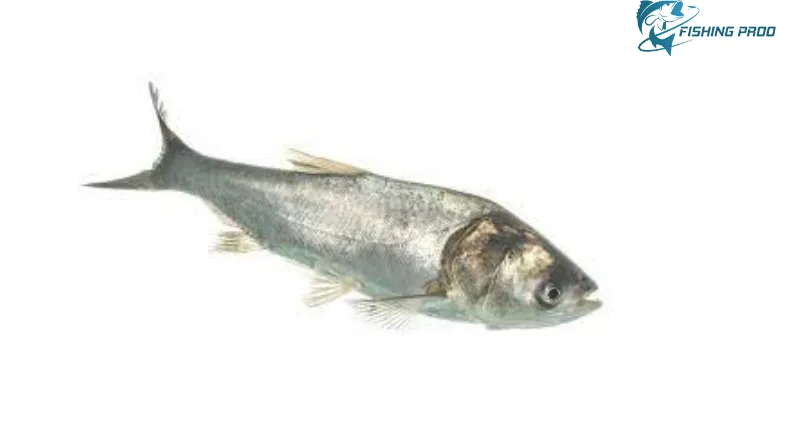
a kind of planktivorous carp indigenous to eastern Asia that grows quickly. When startled, silver carp are known to jump, which can be hazardous for boaters. Though not usually sought after by fishermen, they can be inadvertently captured.
Carassius carassius, or Crucian Carp

a smaller species of carp that is commonly imported outside of its native Eurasia. Crucian carp are distinguished by their rounder bodies and golden hue. Because of their abundance and relative ease of capture, they are a popular target for anglers in both Europe and Asia.
One Carassius auratus auratus goldfish

A cultivated cousin of the crucian carp, widely used as a decorative fish for ponds. Because goldfish are little, they are not usually targeted by anglers. But sometimes you can catch big goldfish in lakes or ponds.
Tench (Tinca tinca)
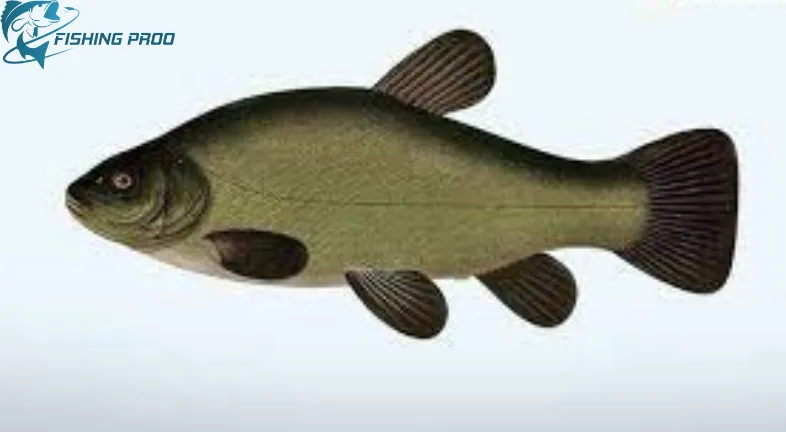
a kind of carp native to Europe, distinguished by its greenish-gold hue and slimy mucus coating. Slow-moving waters with weedy cover and soft bottoms are preferred for tench. They are prized for their good fight and delicate bite, making them a favorite target for anglers in Europe.
Rudd (Erythrophthalmus Scintophthalmus)

a tiny, vibrant type of carp that lives in slow-moving waters throughout Asia and Europe. Since rudd are schooling fish, fishermen frequently use light tackle and small baits to target them.
Scanning erythrophthalmus Rudd

a tiny, vibrant type of carp that lives in slow-moving waters throughout Asia and Europe. Since rudd are schooling fish, fishermen frequently use light tackle and small baits to target them.
Rutilus rutilus, or roach
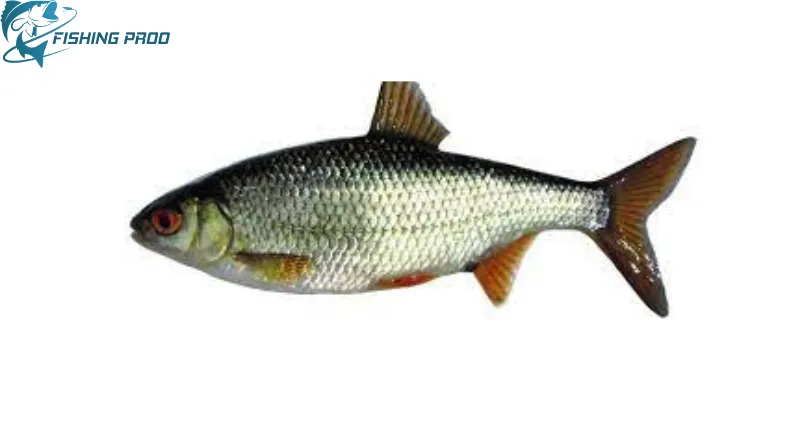
Another little type of carp that inhabits freshwater areas in Europe and Asia in schools. Match anglers often target roaches because they are plentiful and will eat small baits.
CONCLUSION:
Freshwater carp are a popular fish species among fishermen because of its size, strength, and spirit of perseverance. These ubiquitous fish have the potential to attain remarkable dimensions and masses, rendering them a demanding and fruitful target for fishermen of all skill levels. Carp are a diverse group of fish with over 250 subspecies that have different colors, patterns, and scale arrangements.






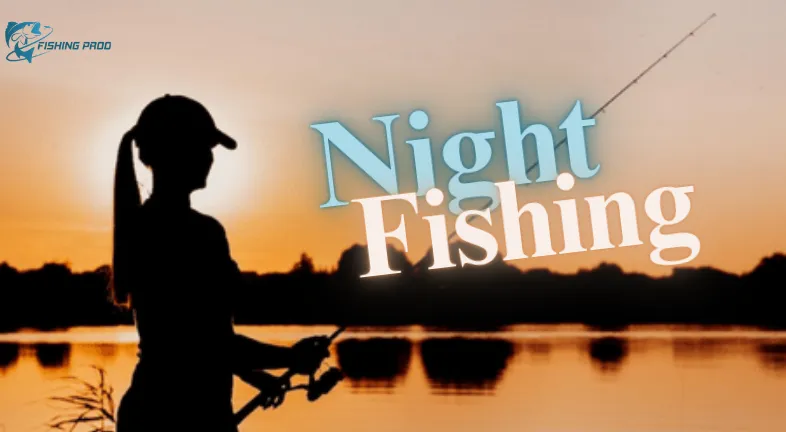









1 thought on “15 POPULAR TYPES OF CARP”
Very interesting and educative lesson.